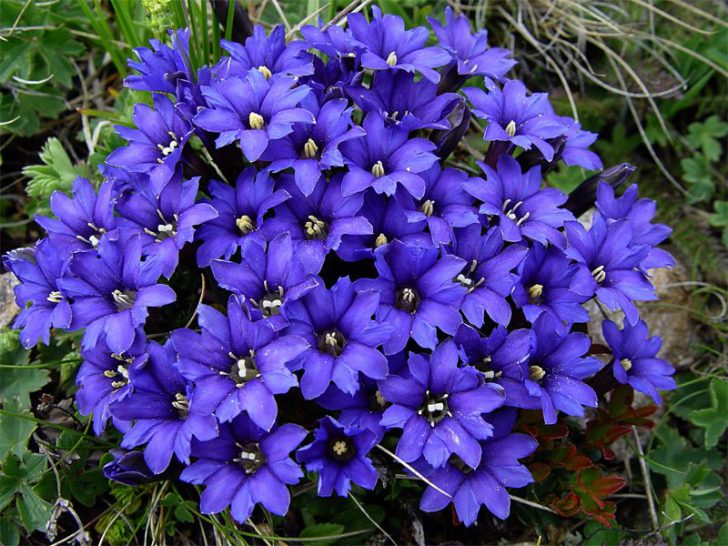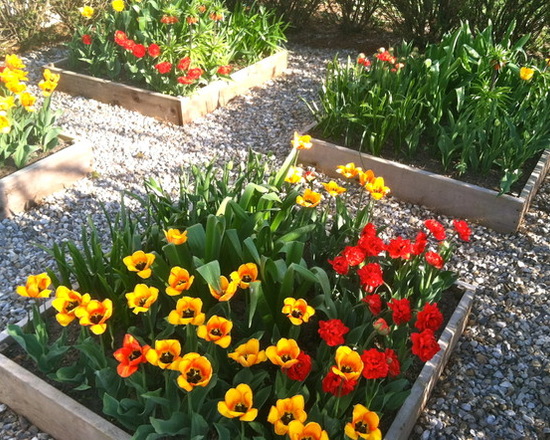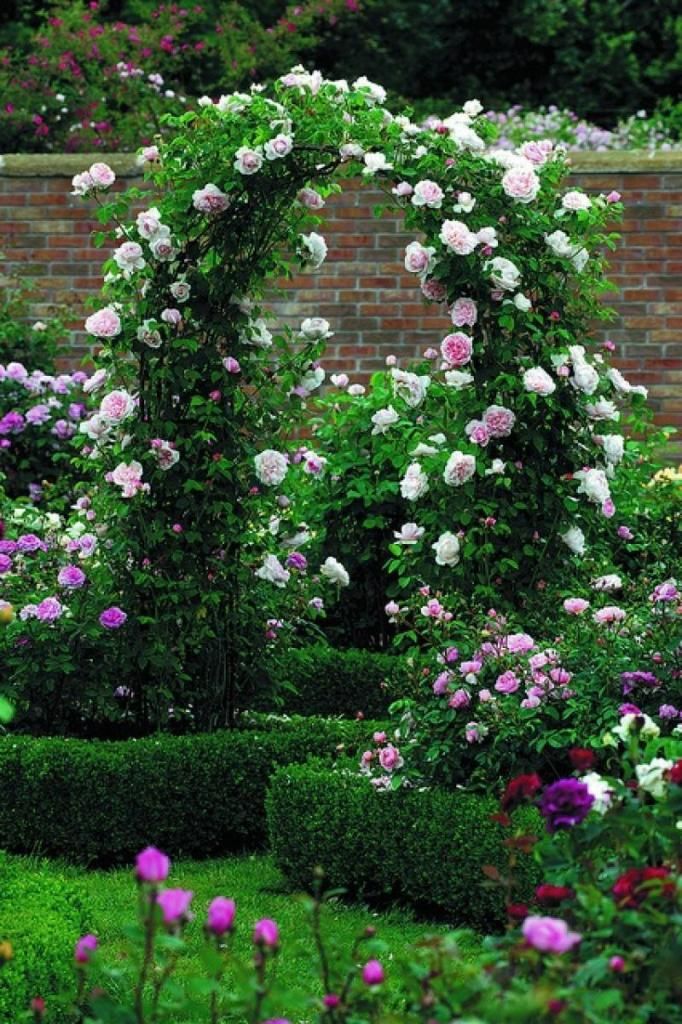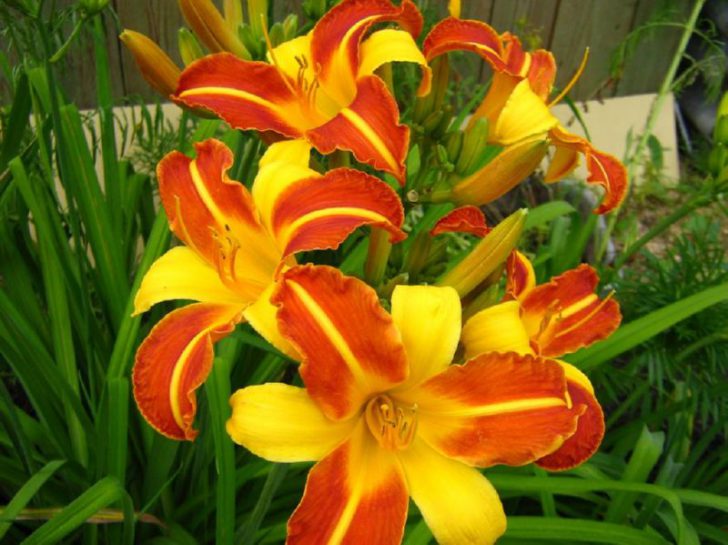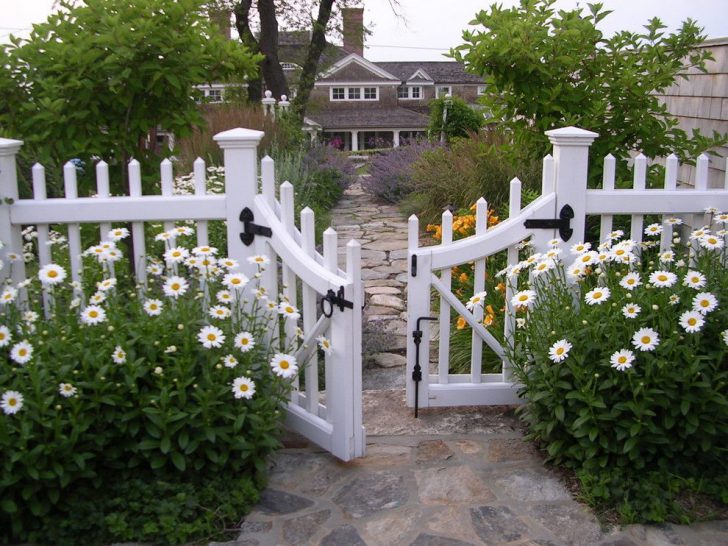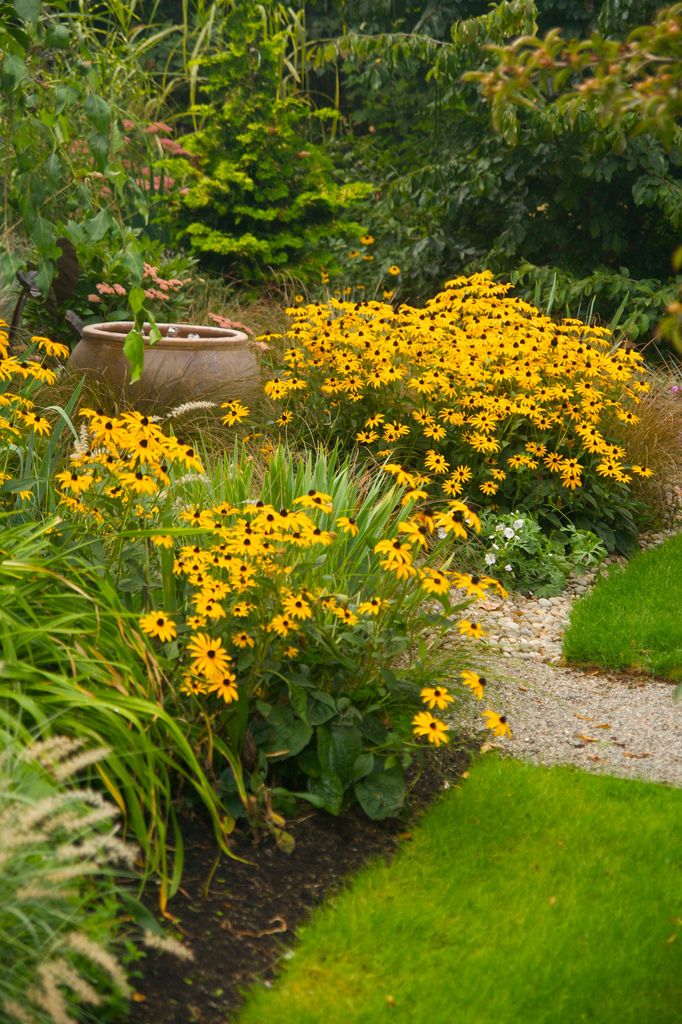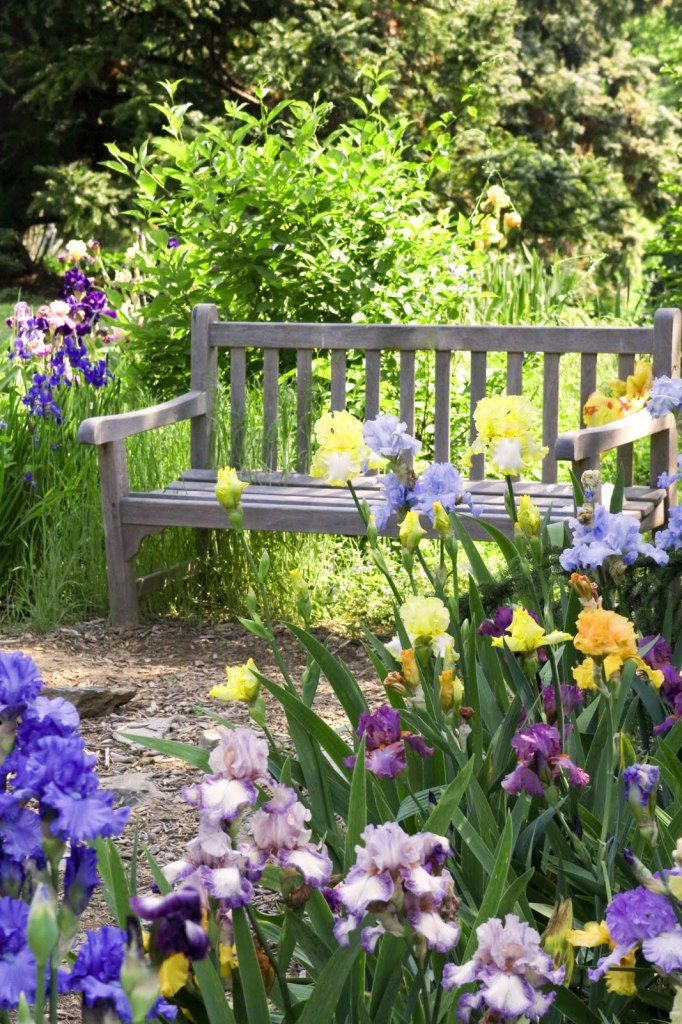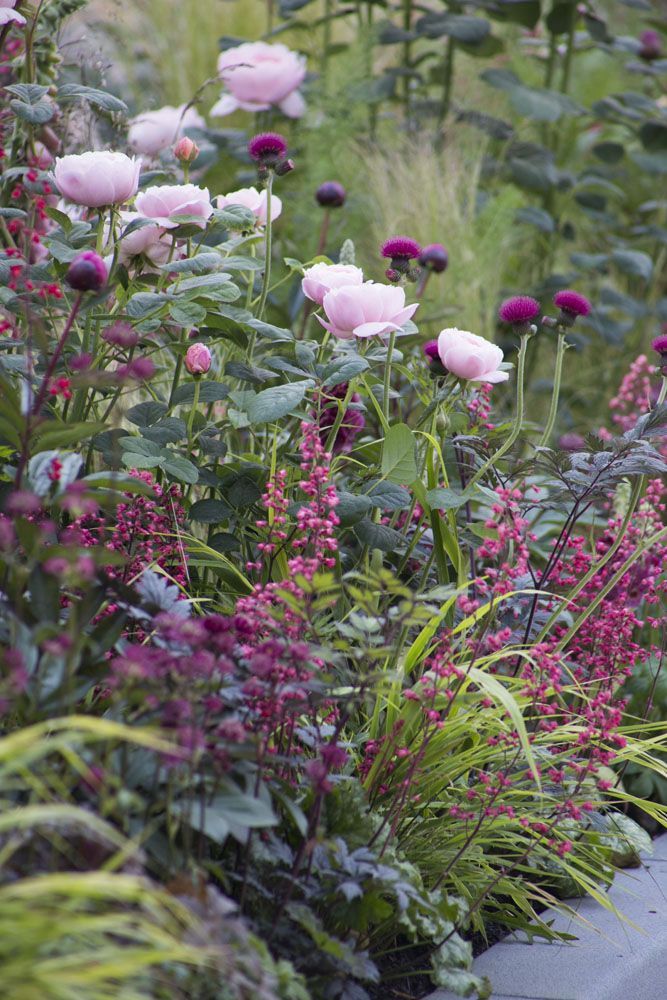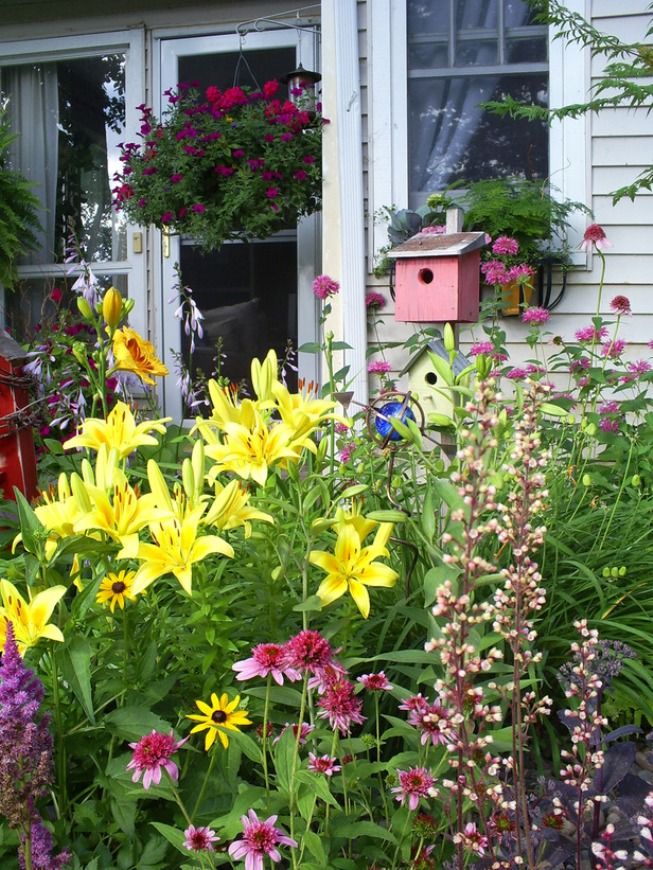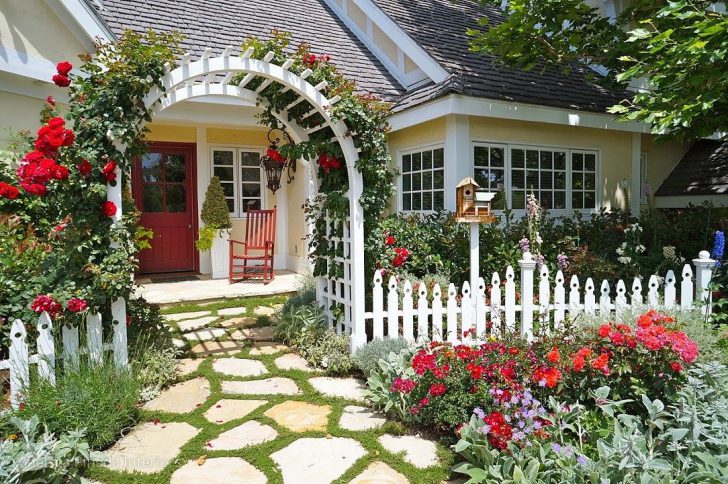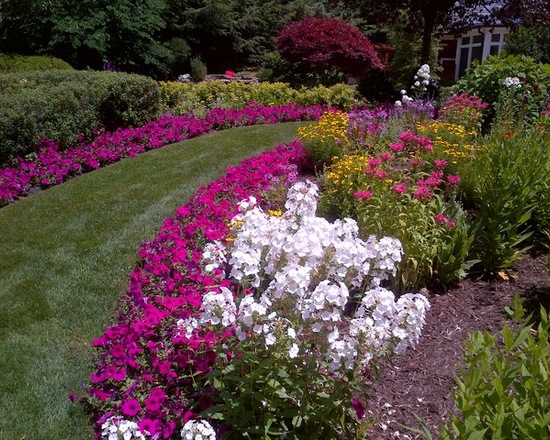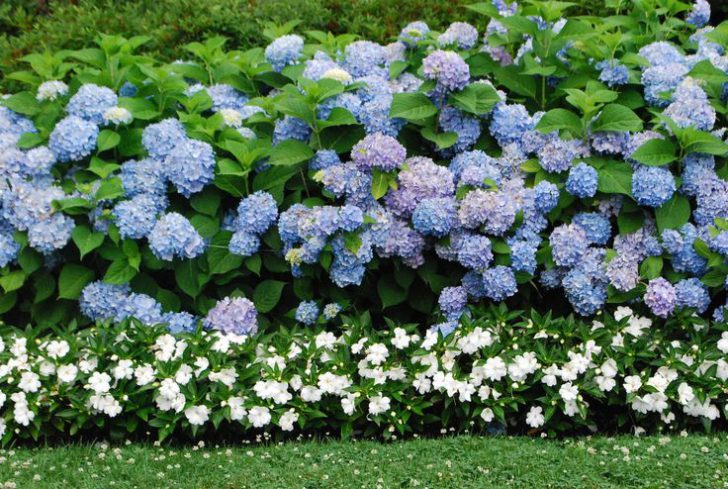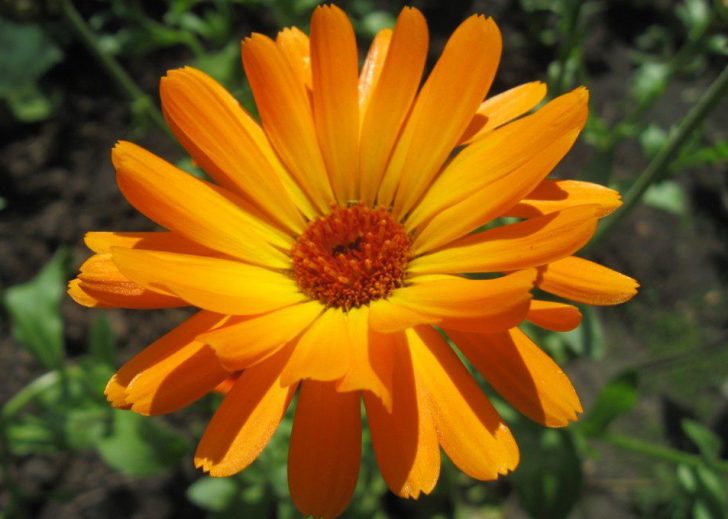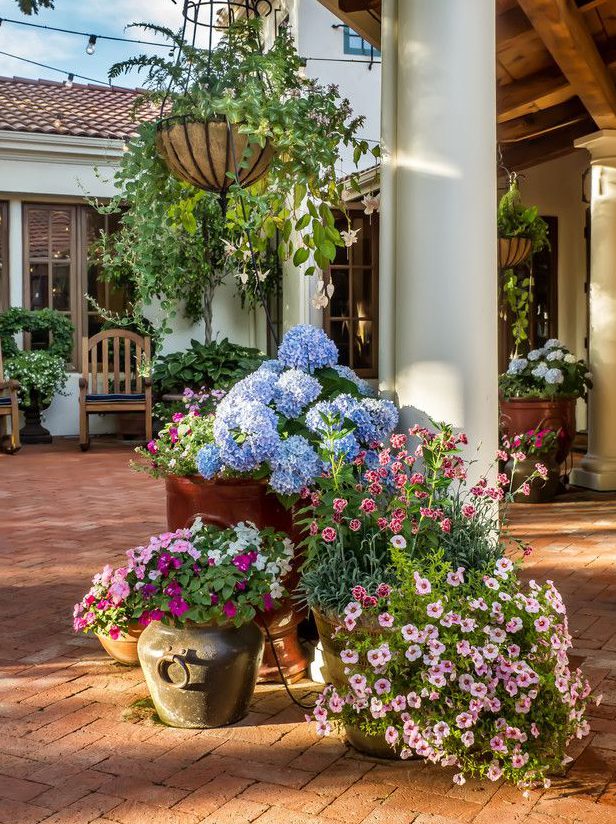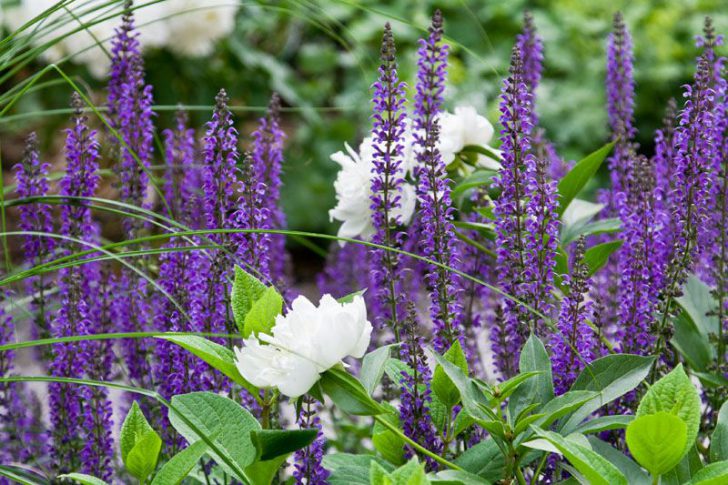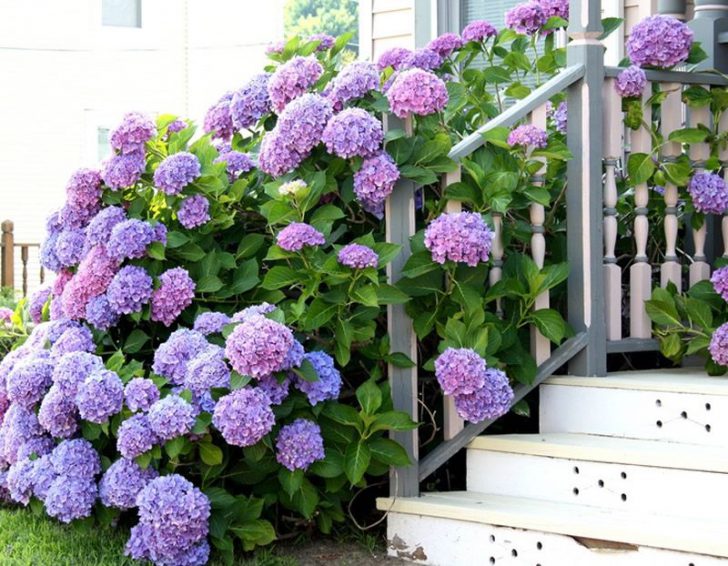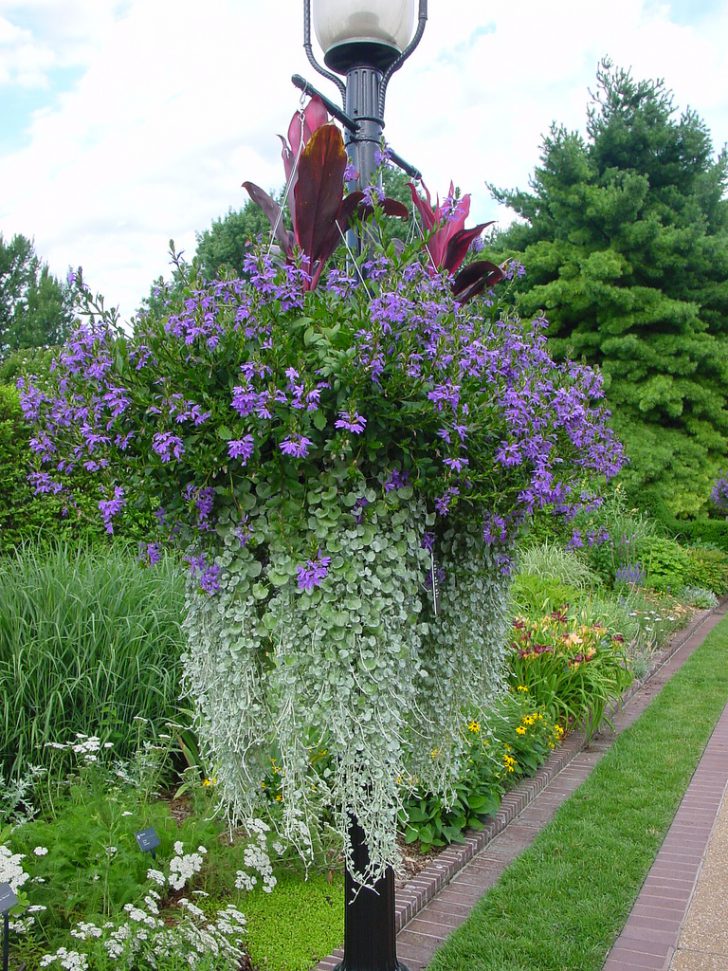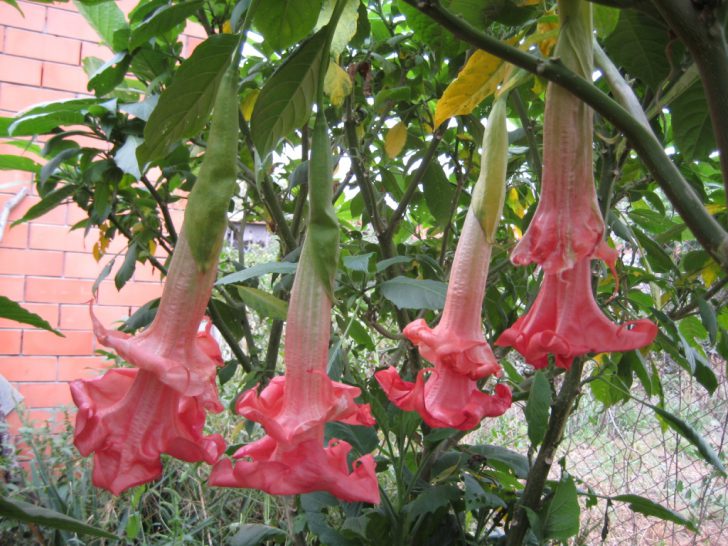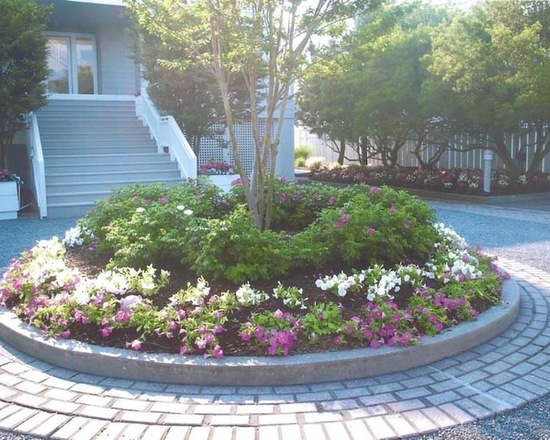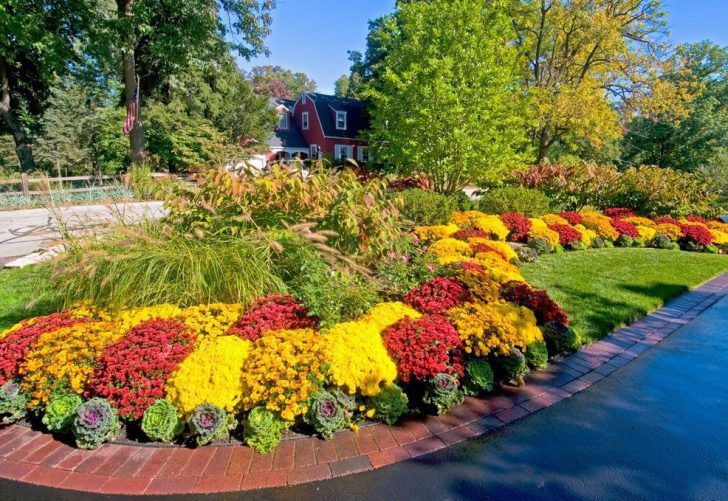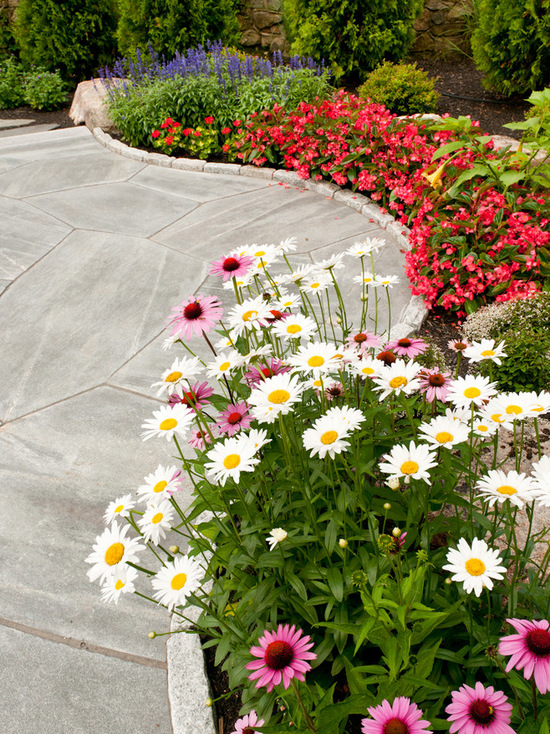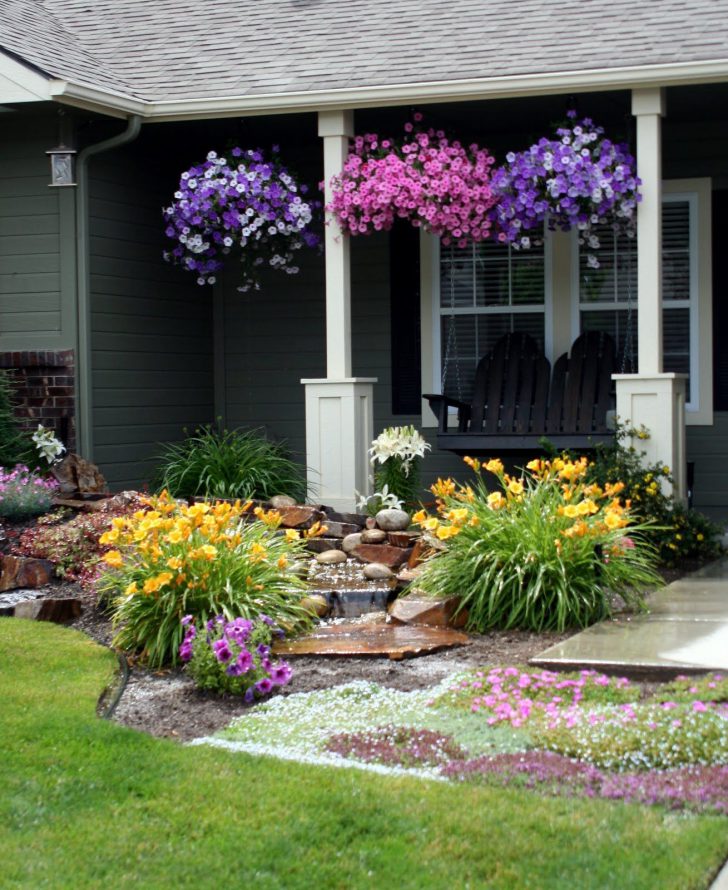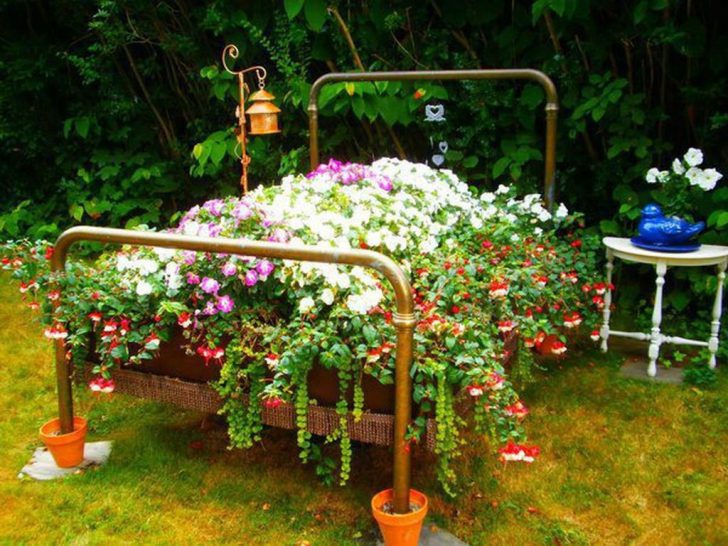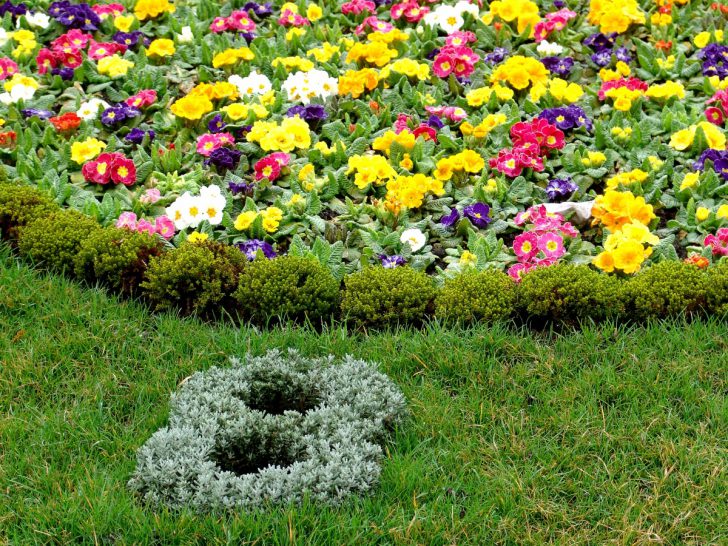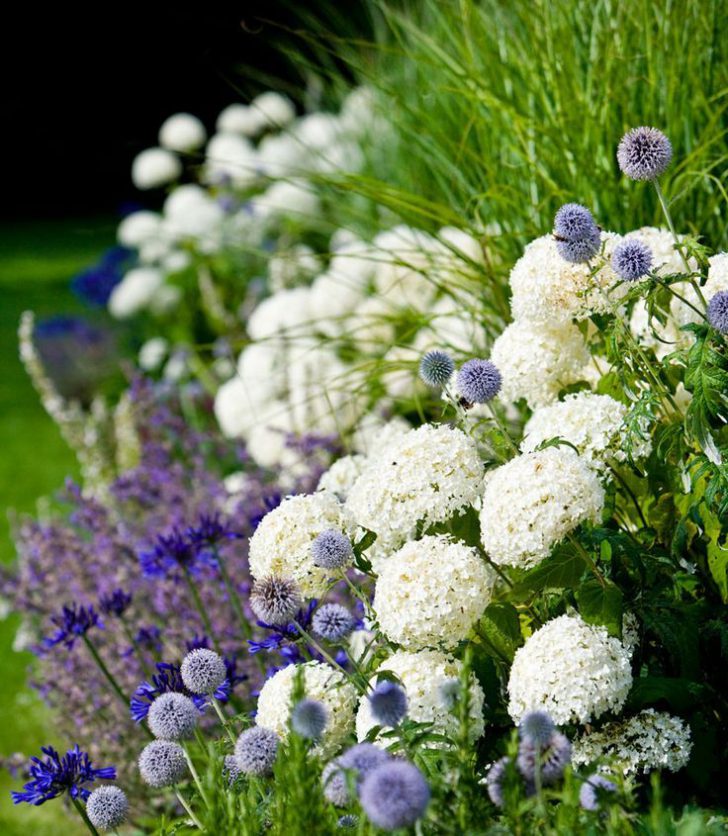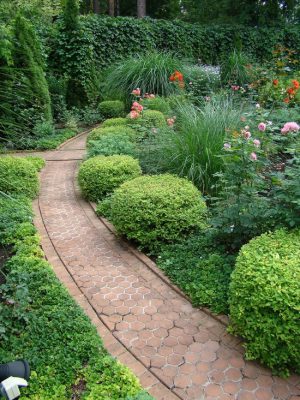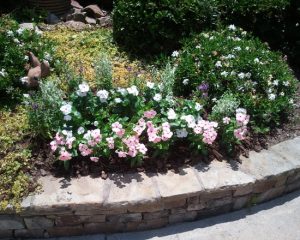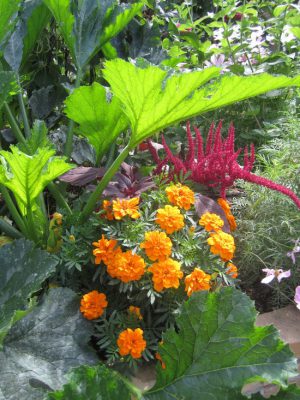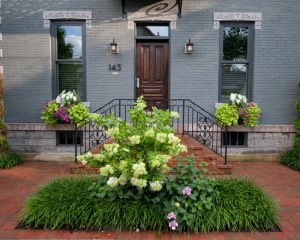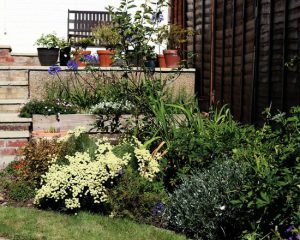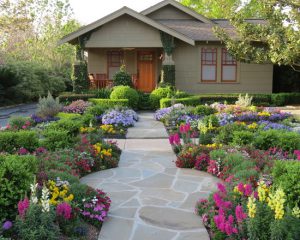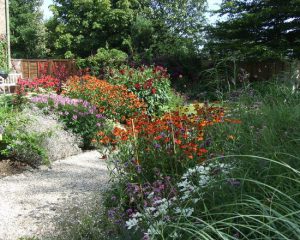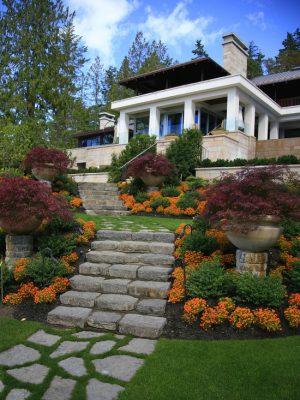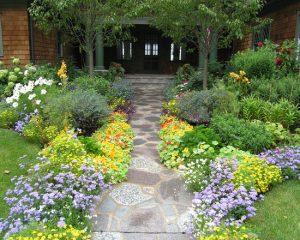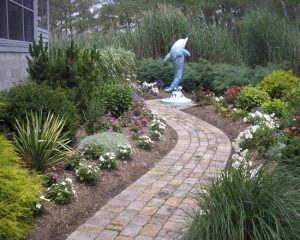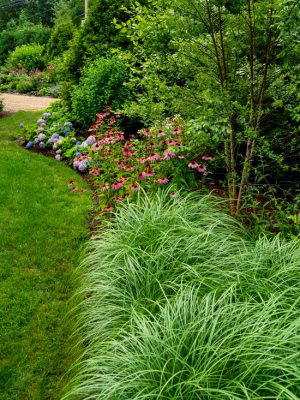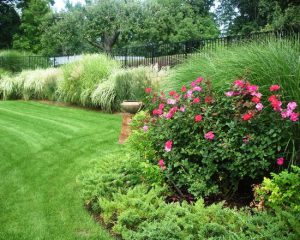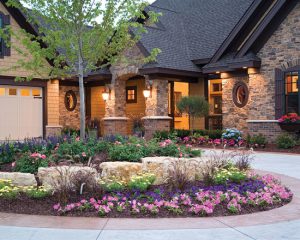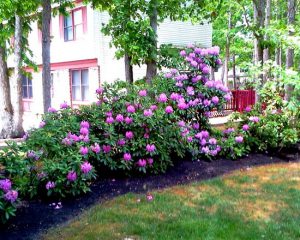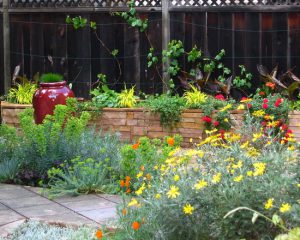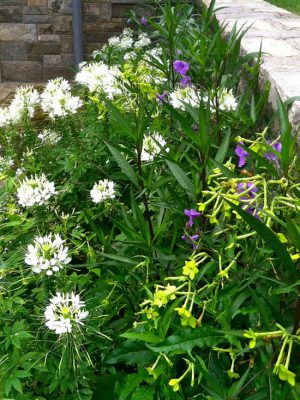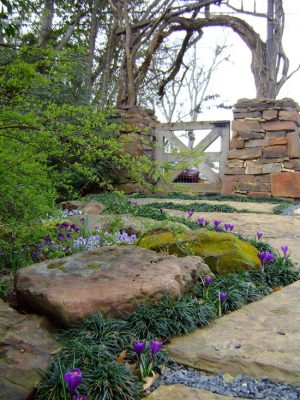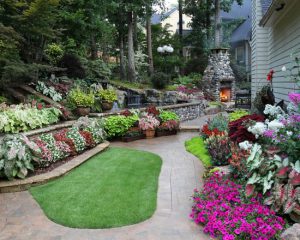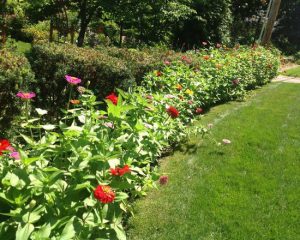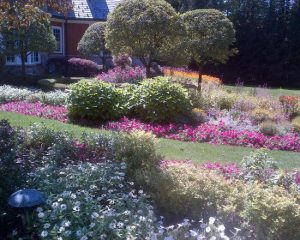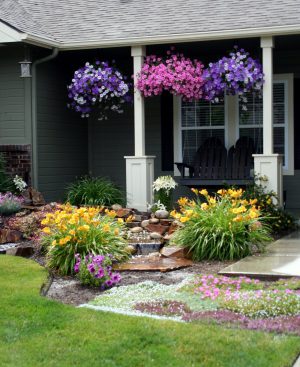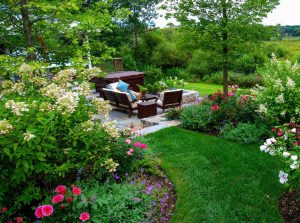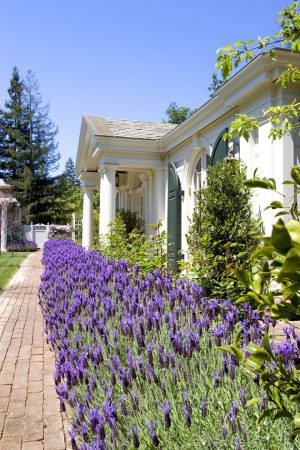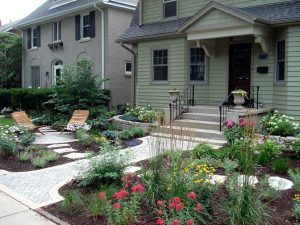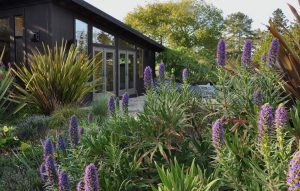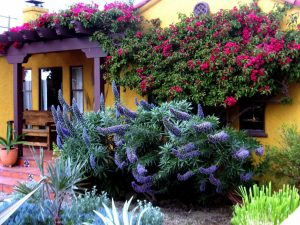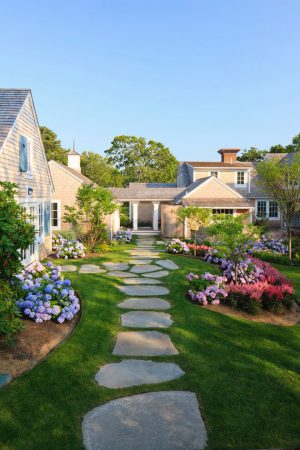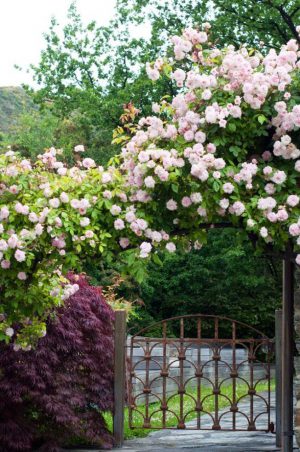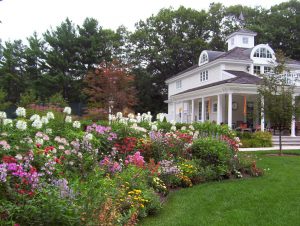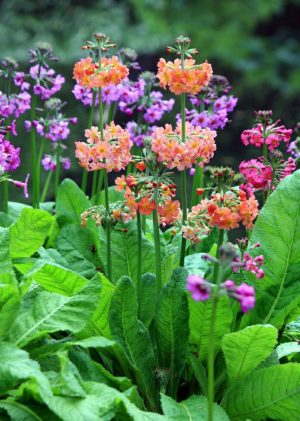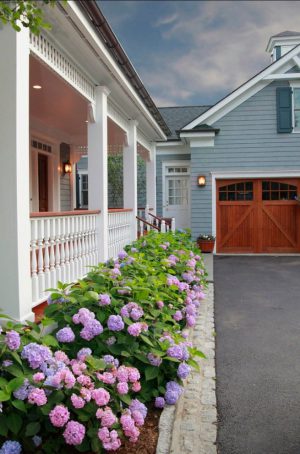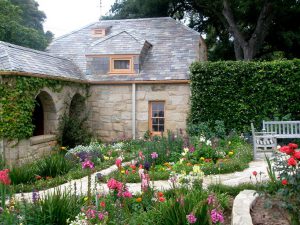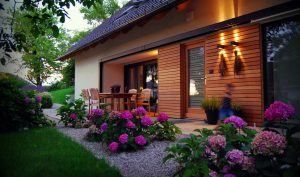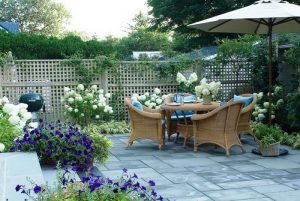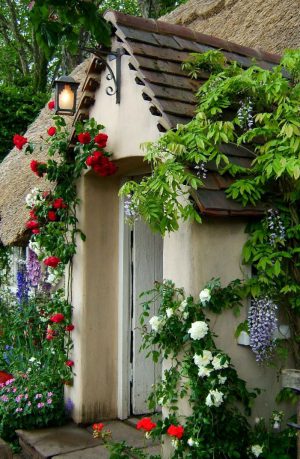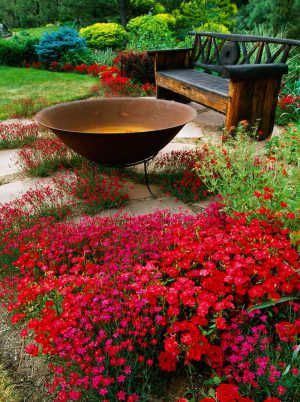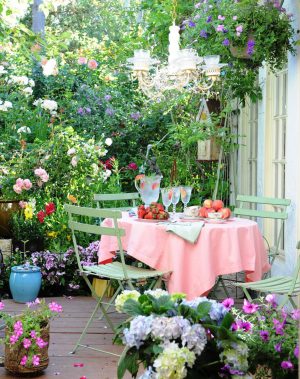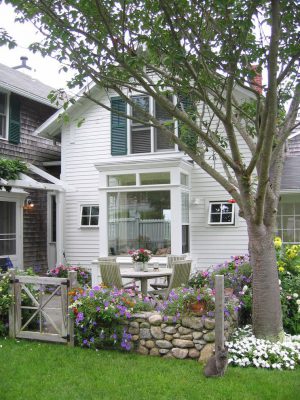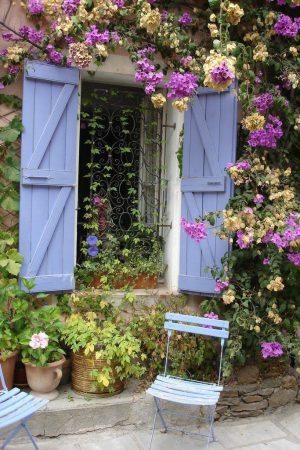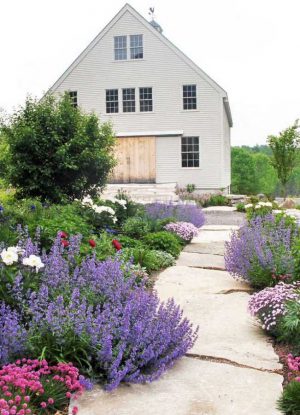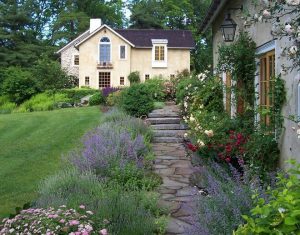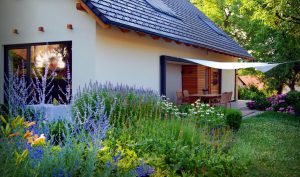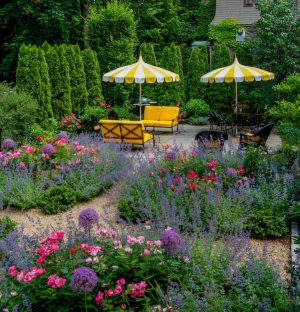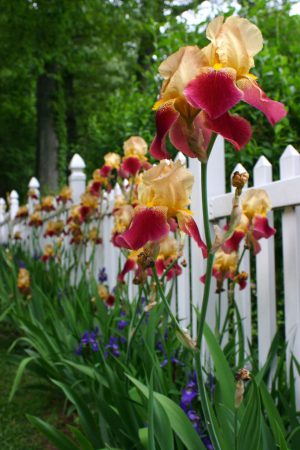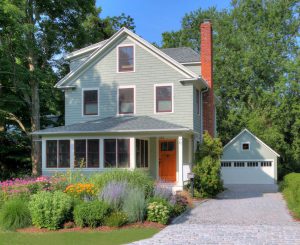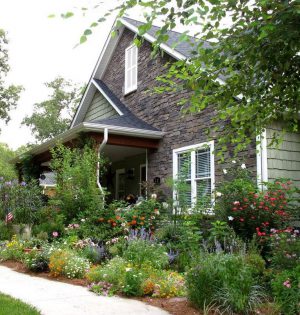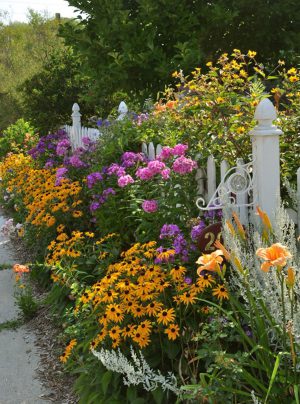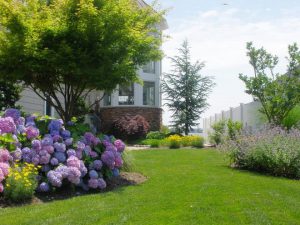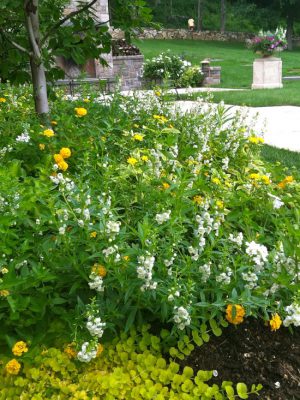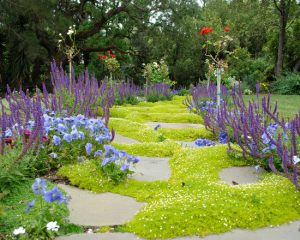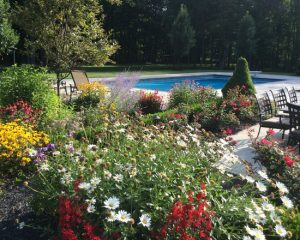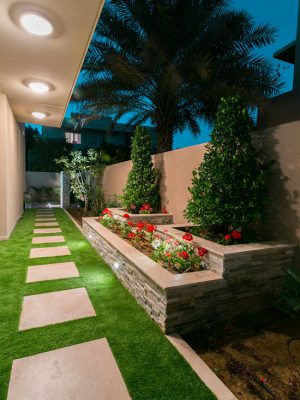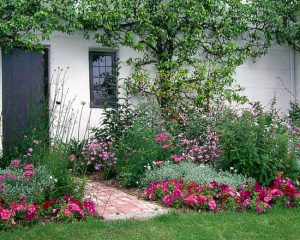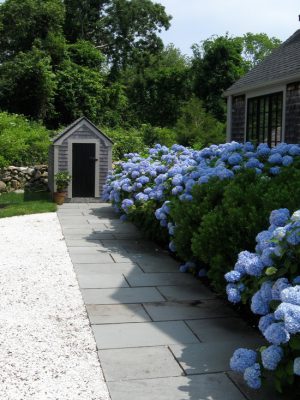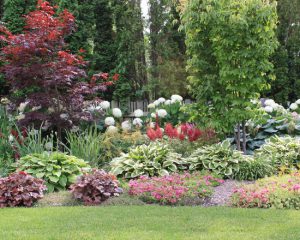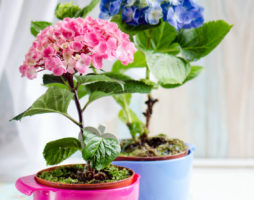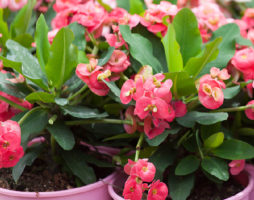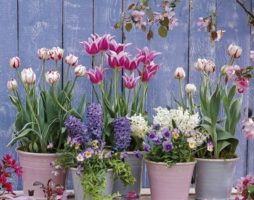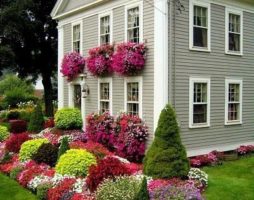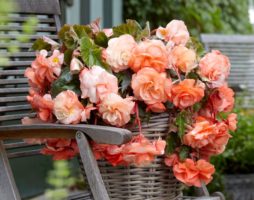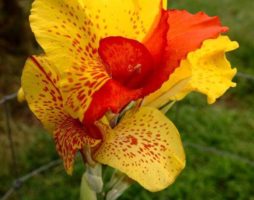Outdoor activities bring real pleasure and everyone will find something to their liking. And one of the most meditative and creative is gardening. In addition, flowers for giving can be an excellent decoration and a manifestation of individuality. Planting a flower garden and flower beds will give the amateur gardener a freedom of expression that is limited only by their own imagination.
Compilation of compositions, search for unique combinations, cultivation and care. All this will allow the site to smell fragrant, both literally and figuratively.
When and who to do flowers
Horticulture has a very low barrier to entry. Anyone can do it, and with due diligence, reach certain heights. Children will be happy to help their parents in this matter, and then they will be able to take the initiative entirely, completely appropriating part of the garden.
The best time for arranging a garden or just caring for flowers will be the moment when the main work on the dacha is done, but the body requires more activity. Or vice versa, when there is no strength or just laziness to do something bigger than taking care of plants.
back to index ↑Planting and growing flowers
The first step to a beautiful garden is understanding the general principles of planting flowers. They can be grown independently from seeds or planted with ready-made seedlings. Both methods are good in their own way and have certain drawbacks, but there is no clear favorite to choose.
Growing flowers from seeds
Some seeds require stratification before planting. This is a preliminary creation for them of the necessary conditions for growth, which are accepted for them in nature. Stratification consists in immersing the seeds in hot, cold water for a certain time. For roses, this will be immersion in hydrogen peroxide at temperatures up to 7 ℃ for about two months. The end of stratification will be noticeable, as shoots of flowers will appear. This action is optional, but will provide a better ascent.
After the seeds are planted in specially prepared fertile land. The depth of planting and the distance between them depend on the size of the future flower and its root system. For example, rose seeds are buried to a depth of 3 cm, between plantings - 20 cm. Such a distance is applicable to almost all flowers of small sizes.
Watering the seeds should be regular, but not excessive. In the event that a sprout appears from under the ground, water must be supplied not to, but under it. You can determine the need for additional watering by the growth trend of the flower. If it stretches evenly towards the sun, then there is enough water, and if it is sluggish, then too little or too much.
Flowers from seeds can be grown in an apartment as seedlings, and then transplanted to the country.In this case, the daylight hours should be from twelve to fifteen hours, in addition, the pots should be next to the window and have access to direct sunlight.
It is best to use special soil as soil for germination both in pots and in a summer cottage. It can be purchased at flower shops or made independently by mixing pre-prepared soil, humus and turf. Or something similar that is at hand.
For all seeds, there is an optimal planting season that must be followed. Most often it is indicated on the packaging. For example, heat-loving plants should be planted in the ground only after the end of the frost period. In case of non-observance of the sowing season, the percentage of seed germination is sharply reduced. Therefore, when planning a landing, you should pay attention to this.
The life cycle of flowers begins with germination from seed. And with this method of growing, the gardener will be able to fully enjoy it.
Planting seedlings
Instead of self-growing flowers for summer cottages from seeds, you can purchase ready-made flower seedlings. In this case, you do not have to mess with cultivation.
Seedlings should be placed in pre-prepared soil so that the beginning of the root system is at least five centimeters deep for small flowers. And the distance between plantings was such that with further growth and flowering, the plants would not interfere with each other.
For better rooting of seedlings, fertilizer should be added to the soil. Natural decayed plants, dry manure, all kinds of compost are best suited for this. If there is nothing like this at hand, then you will have to purchase ready-made fertilizers from specialized flower shops.
Just as in the case of seeds, the seedlings of each plant should be planted at the right time for this. You can slightly adjust the planting of flowers so that it begins to bloom in the period necessary for the gardener, the main thing is not to deviate greatly from the given growth time.
It should be understood that the above describes only general requirements for planting and growing flowers. In some cases, they may change.
Advantages and disadvantages
As mentioned above, there is no clear favorite among the growing methods, but each of them has a number of its own characteristics, which can become both advantages and disadvantages, depending on the gardener himself.
- Time. In the case of buying ready-made seedlings and then planting them in the soil, the time interval between flowering will be significantly lower than with independent cultivation.
- Price. Seeds will come out much cheaper than ready-made seedlings. And even if the germination is ten percent, then for the same price, more flowers will be obtained from seeds than when buying already grown ones. And still it is not too high.
- landing conditions. In this regard, seeds are more whimsical than ready-made seedlings.
- contemplative component. Since gardening is seen as a recreation for the amateur, watching the whole process of growing flowers from seeds will bring more aesthetic pleasure than just planting finished seedlings.
Accordingly, the purchase of already grown flowers is suitable for busier people. And self-cultivation for those who have enough free time.
back to index ↑flower care
Flowers in the country and are already growing in the soil. Now all that's left is to take care of them. First of all, you need to monitor the growth of flowers. If they are lethargic, not stretching well enough for the sun, or simply look unhealthy, then they need extra care.Such flowers should be tied up, thanks to this they will gain additional support.
Watering must be done regularly, but do not flood the sprout. For such purposes, it is best to defend the water beforehand, you can take it from rain barrels or cook it yourself by hiding an open tank with it in a dark place for a week. During this time, she manages to get rid of the components that are negative for the colors. For example, chlorine is volatilized.
You should also fertilize the soil. Fertilizer is either purchased ready-made or produced independently from organic substances. Ash, which is mixed with soil for a flower, compost, humus, manure and much more can come up. Chemical fertilizers are similarly suitable, but they will adversely affect the soil.
Even for flowers, it is necessary to observe the temperature regime. In the cold season, the corresponding flowers are first grown in greenhouses, and after warming they are already transferred to open ground. In the event of a sharp cold snap, an impromptu canopy should be made for the plant. For such purposes, a rectangular dome made of polyethylene is best suited. In the case of covering a flower with such a canopy, it must sometimes be removed, allowing the plant to breathe. A similar design will save you from heavy rain, which can simply break a flower. Only the gardener himself can protect plants from natural disasters.
Among other things, diseased or wilted flowers should be removed. Also carefully cut off the dead parts of the plant. Annual flowers immediately after flowering must be dug up along with the root. If this is not done in time, then they can produce new fruits that require additional care and will simply interfere with the germination of other flowers.
Perennial plants need to be pruned after the first flowering period, otherwise they simply will not bloom next year. The cutting height depends on the size of the flower. For sage, this is 10 cm from the ground, and on average this is a third of the flower. Immediately after pruning, the plant must be fertilized.
Flowers can get sick, the condition of their buds and leaves must be carefully monitored. One of the most common diseases for such plants is powdery mildew. The most suitable season for her is autumn. Rainy and cold weather is an ideal environment for the spread of this bacterial disease. It is best not to wait until the plants get sick, but to take care of their protection in advance.
Against powdery mildew, a simple spraying of plants with water and soda, in proportions of 50 grams per liter, is suitable. It is easiest to treat it with the help of weak pesticides, for example, Fundazol or a fungicidal agent similar to it. It is necessary to spray the plants with it approximately once a week, until recovery. And prepare the mixture in the proportions indicated in the instructions.
To get rid of flower pests in the country, it makes sense to replace the soil or treat it with a special tool.
At first, caring for flowers may seem like a very difficult task, but over time, it will no longer be so. And the process itself will bring only pleasure. But plants in desolation will not be able to become a worthy decoration for a summer residence, but will only make a depressing impression.
back to index ↑The choice of flowers for giving
All over the world, there are an unimaginably large number of varieties of flowers, which is constantly increasing thanks to the work of breeders. So any summer resident will be able to choose a suitable plant for giving according to the climatic zone, as well as their own preferences.
The standard classification of flower crops is based on their lifespan. Plants are divided into three categories: annuals, biennials and perennials.
Annual flowers after a period of flowering abruptly begin to wither and gradually die. Two-year-olds with appropriate care will be able to bloom in the second year of life. Basically, re-blooming occurs more beautifully, and the smell exuded by the flower becomes richer. Perennial plants are similar, but have a longer lifespan.
A striking example of an annual flower would be Astra sinensis. This is a bright and spectacular plant that combines many contrasting shades in its palette. Among the perennials, it is worth highlighting Coreopsis. This ornamental flower has an extremely unusual mango color. Lives for a long time, constantly breeding.
Unpretentious flowers for giving
If an amateur gardener does not have enough time for such thorough care, then he can simply choose more unpretentious flowers. They are also suitable for beginner summer residents who are not yet confident in their abilities. Here are a few of them:
- Cactus. Such a flower is not very suitable for decorating suburban areas, but with the right choice of combinations for them, they can become a highlight of the garden. They differ in special unpretentiousness, for them there will be enough street sun and rare rain.
- Calendula. This flower is mainly known in dried form as a medicine. Nevertheless, it is perfect for a country garden or flower bed. Bright yellow color will attract attention, as well as delight the eye. The flower is almost not susceptible to disease or pest attacks, requires moderate watering, and propagates by self-garden. Having planted several calendula in a flower bed, the next year the summer resident will receive it, full of bright yellow flowers.
- Host. This is a rather spectacular flower with large leaves and relatively small flowers. One of the longest living plants. For its care, only watering and removal of dying leaves is necessary.
- Petunia. It attracts with its variety of shades. The most difficult thing when dealing with it is landing in the ground, caring for a flower attracts with its optionality. It is enough to visit the plant a couple of times a month.
- Chamomile. Known for the special magical properties of divination. White leaves with yellow buds give an excellent range of colors. Flowers easily take root in the soil. From the gardener they require only irregular watering, they can also reproduce on their own.
- Phloxes. Many color variations for these miniature flowers. Without special care, they can survive for several years, actively growing. In terms of fertility, it is similar to weeds, but, unlike them, they are an excellent decoration for giving.
- Lupine. The lilac color of the leaves and the amazing ability to germinate through soil that is completely unsuitable for this make them an excellent acquisition for the garden.
In fact, there are much more unpretentious flowers, which gives unlimited scope for composing compositions and flower beds.
rare flowers
Especially sophisticated gardeners may be interested in choosing and growing exotic flowers.. Such plants in a summer cottage will produce a "wow" effect for an unprepared observer. In addition to the appearance of advanced summer residents, the special difficulty in growing rare flowers or its complete absence will please.
Quote from one of the country's leading flower breeders:
Taking care of some exotic flowers will be a real challenge for any professional florist.And the subsequent victory with obtaining such a rare plant on the territory of your own site will bring indescribable satisfaction, both on a spiritual and physical level.
Consider the most affordable exotic flowers for the climatic zone of our country:
- miniature roses. The name speaks for itself, these are the same flowers, but in a much smaller size. The size of flowers with a bud does not exceed 4 cm. There is even a variety of a blue tint. Unlike others, these flowers are extremely unpretentious, capable of withstanding slight frosts, but require constant exposure to the open sun and regular watering. Thanks to the efforts of breeders, they are not susceptible to most possible diseases.
- Dichondra. This flower is also called silver rain. In appearance, the plant resembles an uneven canvas. It can be used as a drop down hedge element. The flower is thermophilic, and low temperatures contribute to its rapid drying. It also requires excessive lighting, and grows only in soil with low acidity. The flower will serve as an excellent decorative element in the country.
- Brugmansia. It is also called the trumpet of the archangel. This is an impressive lush flower with many downward-pointing tube buds and leaves on top. A rather whimsical plant, it requires a special attitude to watering and prefers “hard” water, which is saturated with carbonates. The flower must be protected from wind and low temperatures. Winter it should be sent to a warm room, after cutting off some of the buds and leaves.
- Ampelopsis. In fact, this is a berry that resembles multi-colored grapes in shape. But it is not suitable for food, so it is used as a decoration. Does not tolerate frost and requires additional support.
Rare flowers are mostly quite whimsical, but there are many varieties that do not require special care and are suitable for busy people.
back to index ↑Interesting ideas
When breaking up a garden or a flower bed, the choice of the flowers themselves for giving is not so important as their combinations. Plants that are completely different and individually extremely unpretentious can make an excellent composition. Thanks to the careful selection of combinations, the summer cottage can be made infinitely unique and diverse. Here are some interesting decorating ideas.
"Unpretentious" flower bed
For people who spend a small amount of time in the country, flower arrangements that do not require special care are suitable. You can break an impromptu "unpretentious flower bed", and remember it once every few months.
For greater effect, it can be made multi-tiered. At the highest level, a large cactus surrounded by daisies will rise. Plant the next level with tall marigolds. So that they are on a par with calendula. And on the lowest tier are the hosts, which will be turned from the flower bed with leaves. Such a motley crowd of flowers will create an overall pleasant impression and will not require special care.
Flower in a galosh
A rather unusual and striking solution would be to place one overshoe with a flower next to the entrance to the house. The plant can be planted there any suitable. The flower will not live this way for a very long time, but it will amuse the owners and guests of the house.
Hanging flower garden made of wood
Who said that there are places for flowers on earth? They will be comfortable in the air. For the construction of such a structure, a solid plywood board will be required, which will serve as the basis. Place a chipboard sheet around the perimeter, which will hold back the soil.And you can hide it by installing it on top of a miniature board fence. For the most skilled, instead of a fence, you can make a cage.
Flowerbed from improvised materials
It is not necessary to make a flower bed of a standard shape and from ordinary materials. After all, you can use any element that is at hand. For example, if there is an extra set of tires, then you can build a structure from them. Put the first three pieces tightly together, filling them with sand. And put the last one in the middle of the structure. Place fertile soil there and plant lush roses. Quite an unusual combination of simplicity and elegance. The contrasting red color of the flowers and the black color of the tires will stand out in particular.
exotic canopy
You can decorate the roof of the bath in the place above the front door with the help of exotic flowers of dichondra and ampelopsis. It will look like a sheet of snow hanging from the roof, on which multi-colored grapes grow. Such decoration requires special care due to the general whimsicalness of the flowers and is appropriate only in the summer.
triangular flower bed
Instead of a standard round flower bed, you can break a triangular one. After that, either fill it symmetrically with various colors, or break it into four smaller triangles and fill each of them with a unique combination of plants.
Flowers inscription
Flowers can be arranged in a certain order so that an inscription or symbol is formed. For example, densely planted dahlias will set the color, and the volume will be created using smaller cornflowers.
Recommendation from a renowned florist:
A ring-shaped garden with a small green shrub in the center and ever-increasing rows of flowers of the same size, but different, perhaps even contrasting, in hue, will look very impressive.
Only a few combinations are presented above, in fact, their number exceeds all reasonable values. A particularly sophisticated florist may set up a garden with a message in the language of flowers embedded in it, or come up with something completely different.
Any combination has the right to life and, if properly presented, will look extremely interesting and unusual. This is where creativity is important.
back to index ↑Benefits of working with flowers
Working with flowers in the country has obvious practical benefits for a person, which consists of several factors.
- meditative nature. Planting, caring for or just watching flowering plants relaxes a person, allows him to forget about pressing problems for a while and just enjoy. Useful for the nervous system.
- The physical load when working with flowers is quite low, but still there. Along with this, a long stay in an open summer cottage with less pollution than in the city. The combination of these factors improves the overall health of a person.
- Unity with nature. The pleasant smell of flowers will not leave anyone indifferent.
In addition, thanks to the work with flowers, the site is gradually ennobled.. With each planted flower, the cottage will be transformed for the better. And the more effort is invested in gardening, the more noticeable the result becomes.
With the proper approach, understanding the basic principles of planting and growing for a summer resident, flowers on the site will become a joy, a place of manifestation of one's own imagination and taste.
back to index ↑Photo gallery - flowers in the country:
